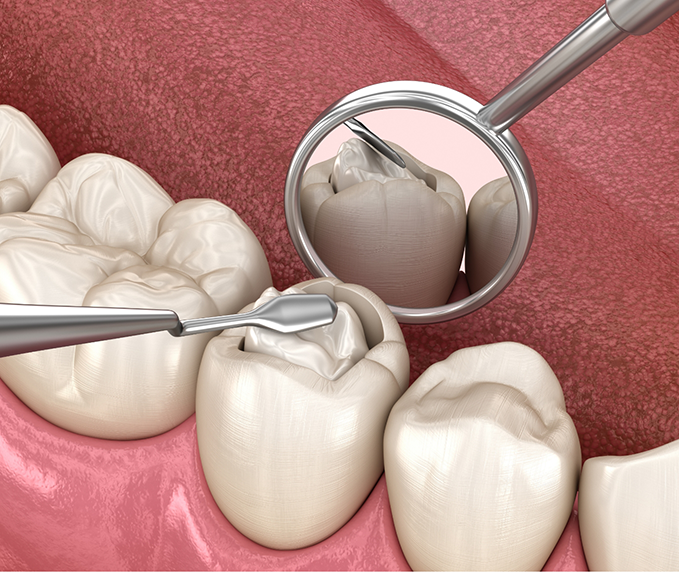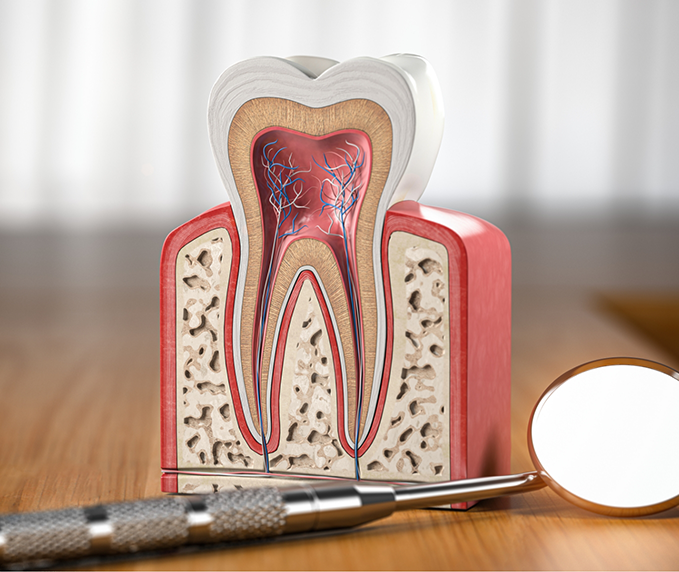PULP TREATMENT GARLAND
Treating Advanced Dental Decay at Its Source
It’s possible for a tooth to become decayed and compromised at the pulp, which is the innermost layer that houses nerves and blood vessels. When this happens to your child, the problem cannot simply be ignored; if the tooth is lost, it can negatively impact the rest of your child’s teeth and their future dental development! Pulp treatment in Garland, which isn’t too different from root canal treatment, is one of the best solutions for treating these troubled teeth; Dr. Ben and his team can ensure that the tooth is restored and allowed to remain inside your child’s smile.
Why Choose Garland Pediatric Dentistry for Pulp Treatment?
- Pediatric Dentist with Years of Experience
- Same-Day Emergency Appointments Available
- Gentle, Advanced Dental Technology Used
What Happens During Pulp Treatment?

During pulp treatment, Dr. Ben will begin by numbing the area to ensure that your child is fully comfortable. Then he’ll carefully remove the decayed portion of the tooth in question before carefully cleaning the pulp chamber and sealing it with a special biocompatible material. This procedure preserves the healthy pulp tissue and leaves the roots undisturbed, allowing for the tooth to continue developing normally. After treatment, we’ll be sure to provide instructions for care and to promote proper healing.
How Is Pulp Treatment Different from a Root Canal?

Pulp treatment and root canals are often confused due to their similarities, but they serve different purposes in pediatric dentistry. Pulp treatment involves removing the infected or damaged pulp from the crown portion of the tooth, leaving the roots untouched, and allowing the tooth to continue to develop properly. Like root canals, it’s often followed up by dental crown placement.
In contrast, a root canal is typically performed on mature teeth, and it involves cleaning out the entire pulp chamber and the root canals (hence the procedure’s name) and removing all the tissue to prevent further damage.

